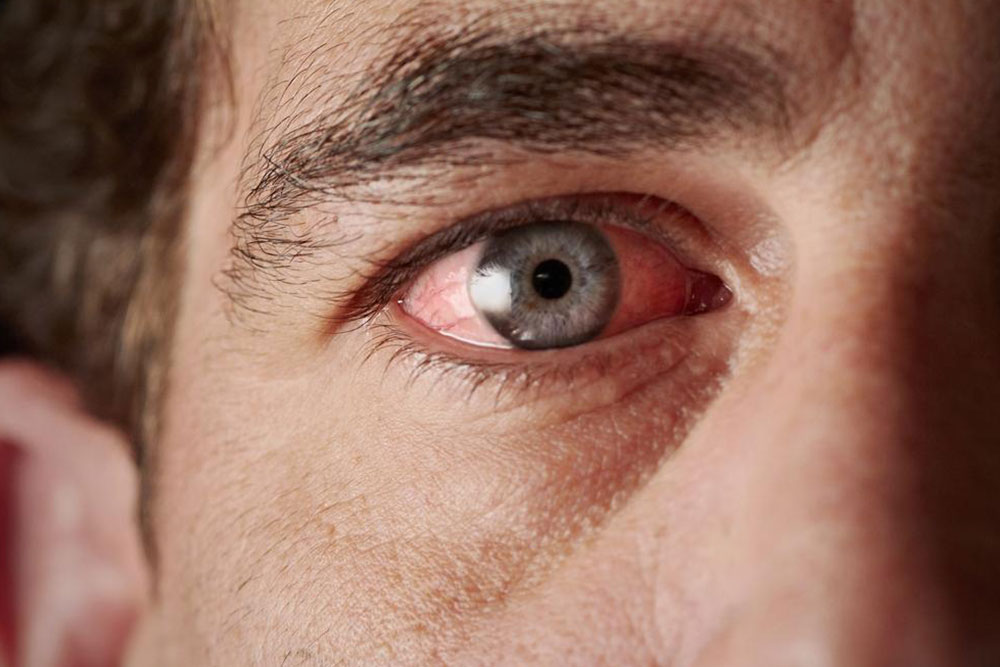A Comprehensive Guide to Sjogren’s Syndrome: Causes, Symptoms, and Effective Treatment Strategies
This comprehensive article explores Sjogren’s syndrome, an autoimmune disorder affecting moisture glands, outlining its causes, symptoms, and modern management approaches. It emphasizes early diagnosis and multidisciplinary treatment to improve patient quality of life, covering eye and mouth care, medication options, and lifestyle adjustments for effective symptom control.

Understanding Sjogren’s Syndrome: Causes, Symptoms, and Treatment Options
Sjogren’s syndrome is a complex autoimmune disorder that primarily targets the body’s moisture-producing glands, leading to significant discomfort and potential complications. This condition involves the immune system mistakenly attacking healthy tissues, which results in inflammation and damage to glands such as salivary and tear glands. Over time, these effects can cause persistent dryness in the mouth and eyes, and may also impact other vital organs including the lungs, kidneys, and nervous system. Recognizing the symptoms early and seeking appropriate medical care are crucial for managing this chronic condition effectively.
What Causes Sjogren’s Syndrome? The precise causes behind Sjogren’s syndrome remain elusive. However, medical research suggests that a combination of genetic predispositions and environmental triggers may play a role in its development. Evidence shows that individuals with a family history of autoimmune diseases are at increased risk. Additionally, hormonal factors, particularly the influence of estrogen, could explain the higher occurrence in women. The immune system in affected individuals begins to erroneously attack moisture-producing glands, initially targeting salivary and lacrimal glands, but eventually affecting other organs such as the joints, thyroid, lungs, and kidneys.
Recognizing the Signs and Symptoms of Sjogren’s Syndrome The hallmark symptoms of Sjogren’s syndrome primarily revolve around extreme dryness, particularly affecting the eyes and mouth. These symptoms often coexist with other autoimmune disorders such as lupus or rheumatoid arthritis, making diagnosis more complex. The inflammation of moisture glands impairs saliva and tear production, leading to persistent dryness, discomfort, and other related issues. Typically, those diagnosed tend to be over 40 years old, but the condition can affect individuals of any age, including younger adults and even children.
Common symptoms include:
Severe dryness of the eyes, often described as a gritty, sandy sensation
Persistent dry mouth leading to difficulty speaking, eating, or swallowing
Swollen or tender salivary glands, especially around the jaw and neck
Dental issues such as tooth decay and increased risk of cavities
Oral thrush and recurrent mouth infections
Chronic cough and difficulty speaking due to mouth dryness
The eye-related symptoms often manifest as:
Gritty or sandy feeling in the eyes
Redness and irritation of the eyelids
Increased sensitivity to light and blurred vision
Heavy or tired eyes, often worsened by reading or screen time
Beyond dryness, Sjogren’s syndrome can cause systemic symptoms such as fatigue, muscle stiffness, numbness, tingling sensations, and nerve pain. Some patients also experience lung complications, such as inflammation or fibrosis, as well as vascular issues involving blood vessel inflammation, which can lead to serious health concerns if left untreated.
Effective Management and Treatment Approaches for Sjogren’s Syndrome
Managing Sjogren’s syndrome requires a comprehensive, multidisciplinary approach that involves various healthcare specialists including rheumatologists, ophthalmologists, dentists, ENT doctors, and primary care physicians. The main goals of treatment are to reduce systemic inflammation, protect affected organs, and alleviate dryness symptoms to improve quality of life.
For dry eyes, ophthalmic treatments are essential. Prescribed eye drops, artificial tears, and punctal plugs help retain moisture and reduce irritation. Patients are advised to avoid environments with smoke or pollution, which can exacerbate dryness. Additionally, protective eyewear and warm compresses can help soothe eye discomfort.
Dry mouth management is equally important and involves saliva stimulants such as pilocarpine or cevimeline, which enhance saliva production. Artificial saliva products, mouthwashes, and oral lubricants also serve to keep the mouth moist, prevent dental decay, and reduce infections like oral thrush. Regular dental check-ups and good oral hygiene practices are vital for preventing complications related to severe dryness.
In cases of joint pain or systemic inflammation, doctors may prescribe non-steroidal anti-inflammatory drugs (NSAIDs), corticosteroids, or immunosuppressants to control symptoms and prevent organ damage. For patients with severe immune activity, immunomodulatory therapies might be recommended. Lifestyle modifications such as staying well-hydrated, avoiding caffeine and alcohol, and maintaining a balanced diet can also support symptom relief.
Ongoing monitoring is essential, as Sjogren’s syndrome can evolve over time, potentially affecting additional organs and systems. Regular check-ups, blood tests, and imaging studies help track disease progression and adjust treatments accordingly. Psychological support and community resources can also provide emotional relief and improve coping strategies for those living with this chronic autoimmune condition.
In conclusion, while Sjogren’s syndrome is a lifelong condition, modern treatments and management strategies enable many patients to lead active, comfortable lives. Advances in medical research continue to provide new insights into the disease’s mechanisms and potential therapies, which hold promise for improved outcomes in the future.





